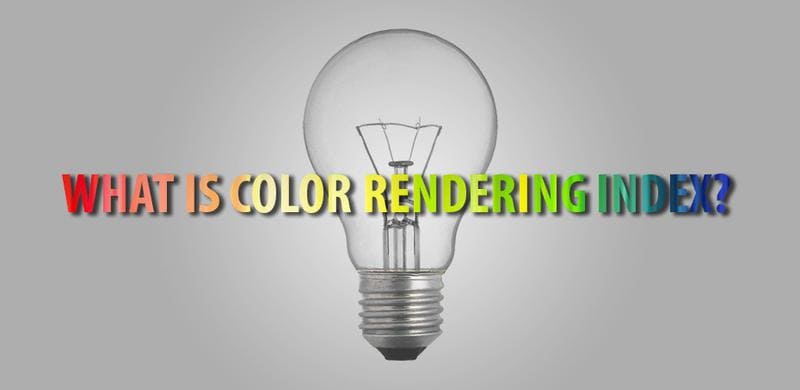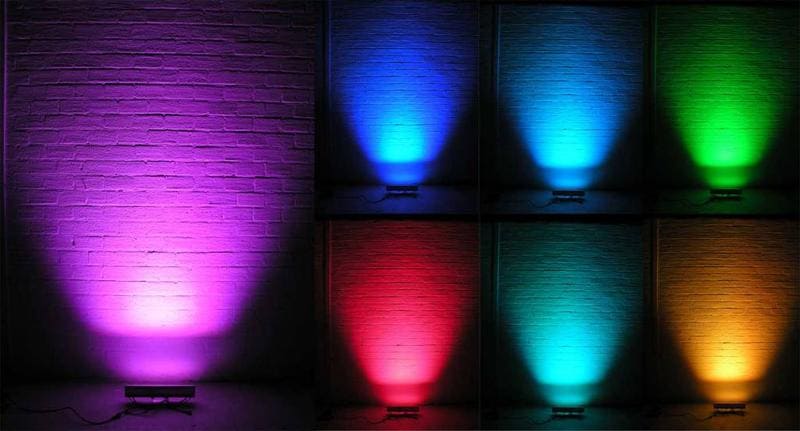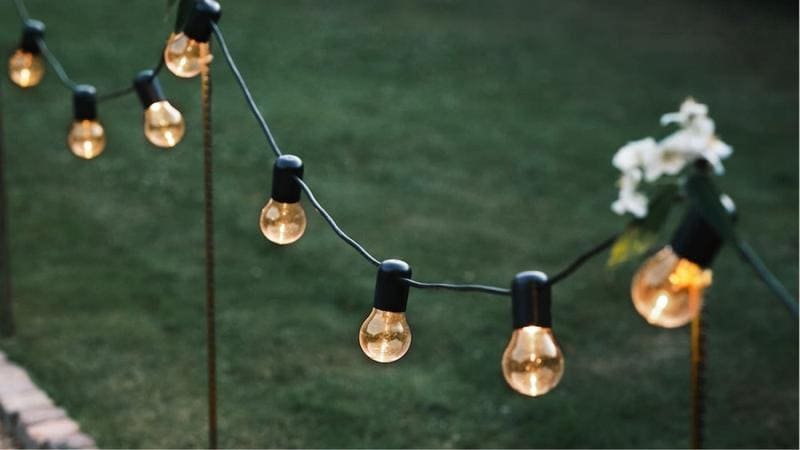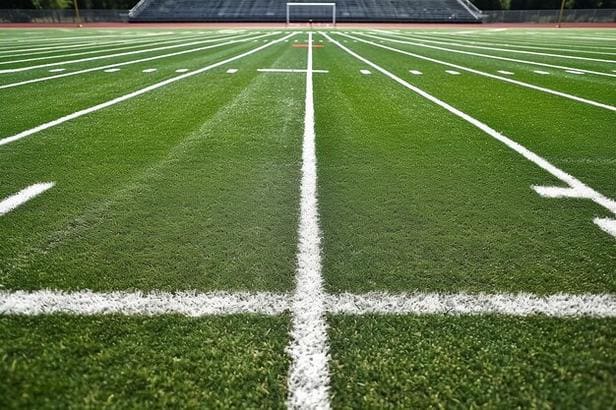In order to extend the life of LED light bulbs, manufacturers are looking at a couple of LED cooling options. The first of these options uses a heatsink. A heatsink is a separate component which absorbs heat from the LED fixture. The second option on the market is convection. Convection uses a fan or other device to pull cool air over the LED fixture. Both of these options are currently on the market today. LED lights do not emit a great deal of heat towards the front. Much of their heat comes out the back of the lamp itself. In order to deal with this problem, manufacturers have had to come up with solutions to keep this heat out of the components.
 Excessive heat in an LED fixture can lead to shortened lamp and fixture life. One of the biggest advantages to LED f
Excessive heat in an LED fixture can lead to shortened lamp and fixture life. One of the biggest advantages to LED f
ixtures is the long life of the lamps. Some of them hold ratings of up to 100,000 lamp hours. In order to achieve that longevity, it is imperative for the heat that comes off of an LED light to go someplace else. Excessive heat can shorten the lamp life and do damage to the underlying components in the lamp. Looking at these two LED cooling options, you are looking at passive and active cooling technology.
Passive cooling technology uses the heatsink. A heatsink transfers heat from any solid material to a fluid medium like air or water. One of the challenges in using a heatsink is the fact that you need the ability to absorb the heat and dissipate it at a rate which keeps up with the amount of heat coming off the LED. If the heatsink does not have the optimal amount of capacity, the heat can gradually build up behind the LED light and start causing damage to the components. For those fixtures that use the heatsink technology, innovation is the only way to make it work.
Active cooling technology uses convection to move heat off of the LED. By moving air across fixtures, heat moves away. By using an active fan, the amount of air passing over the LED fixtures is high enough to keep the fixture cooler. The more volume and velocity of air moving across the fixture, the better the heat dissipation is. When it comes down to looking at these two LED cooling options, both of them work. However, active cooling technology seems to be the more efficient option.




